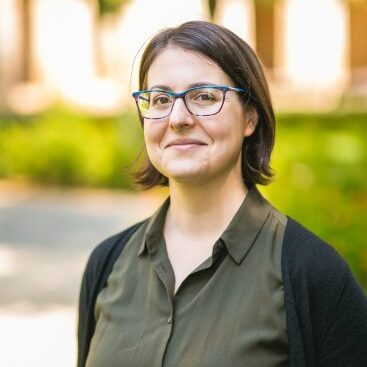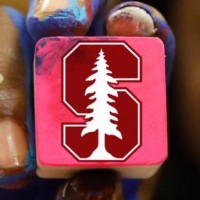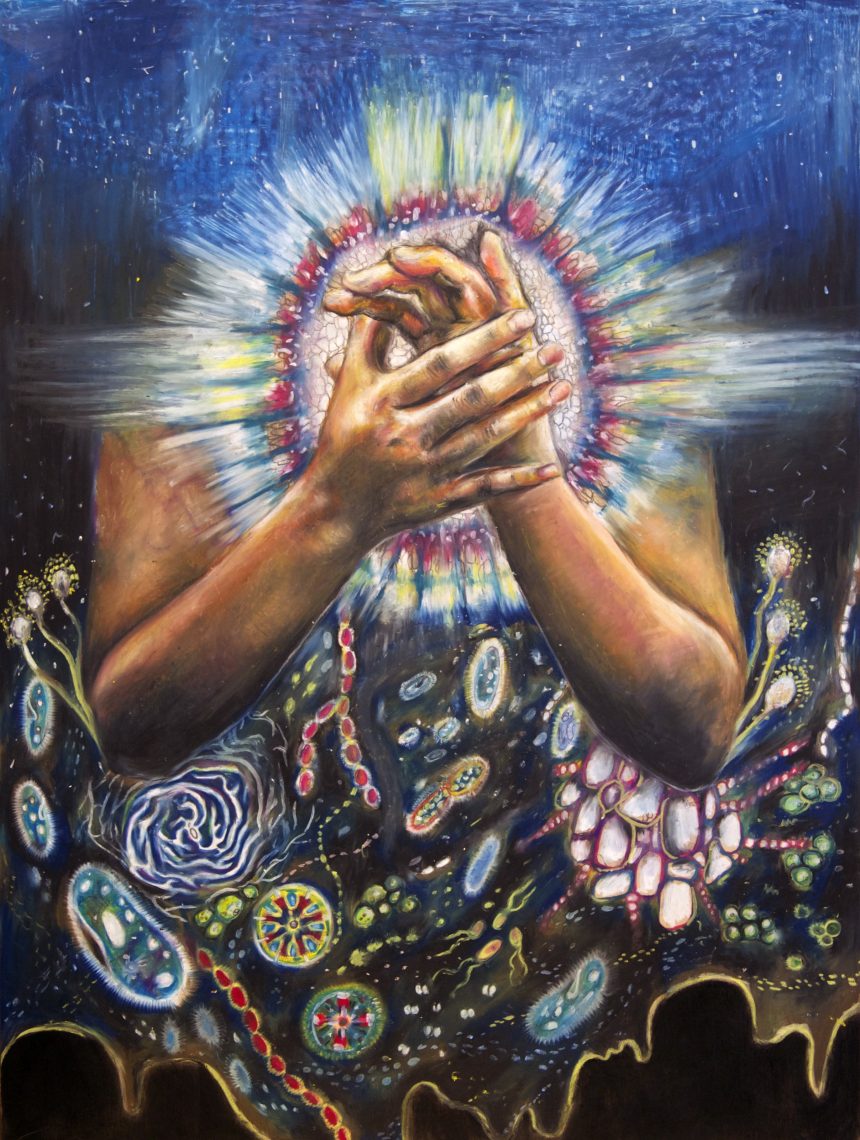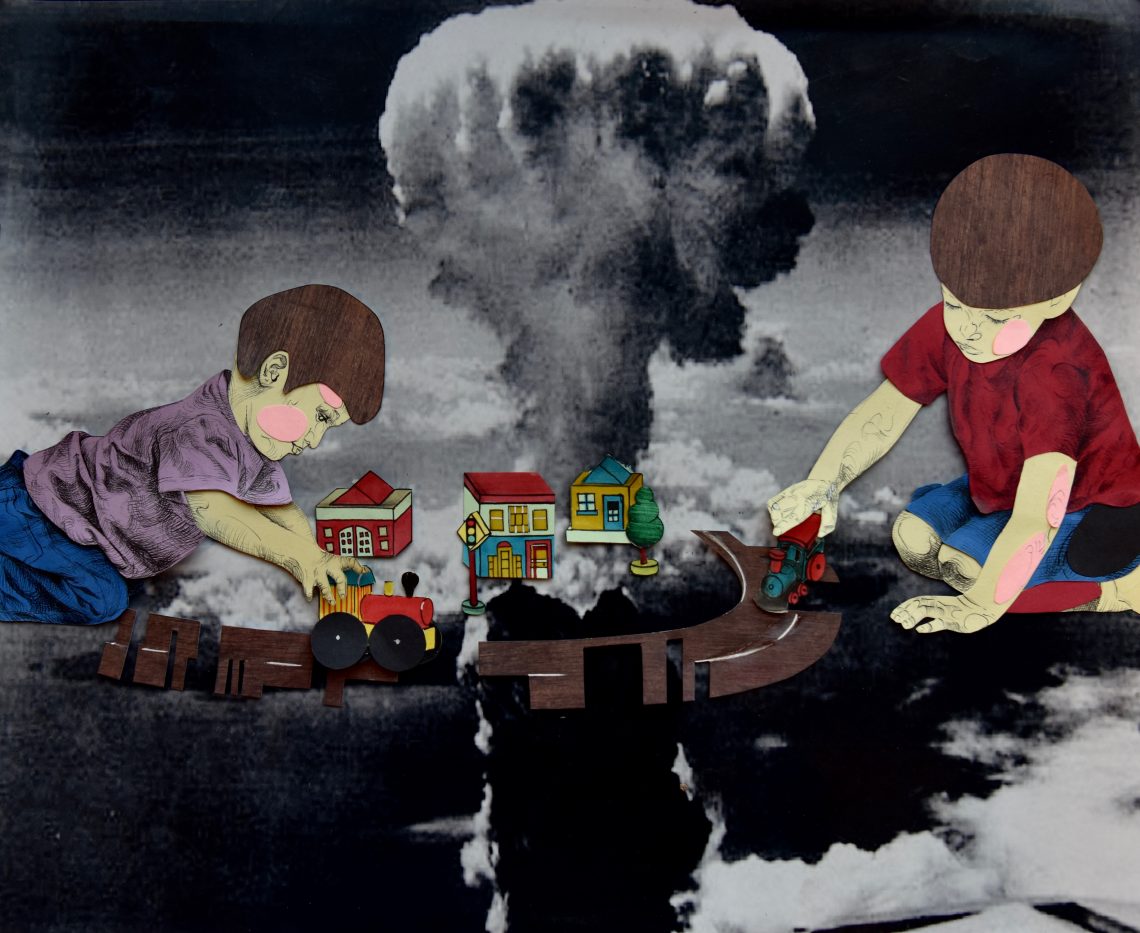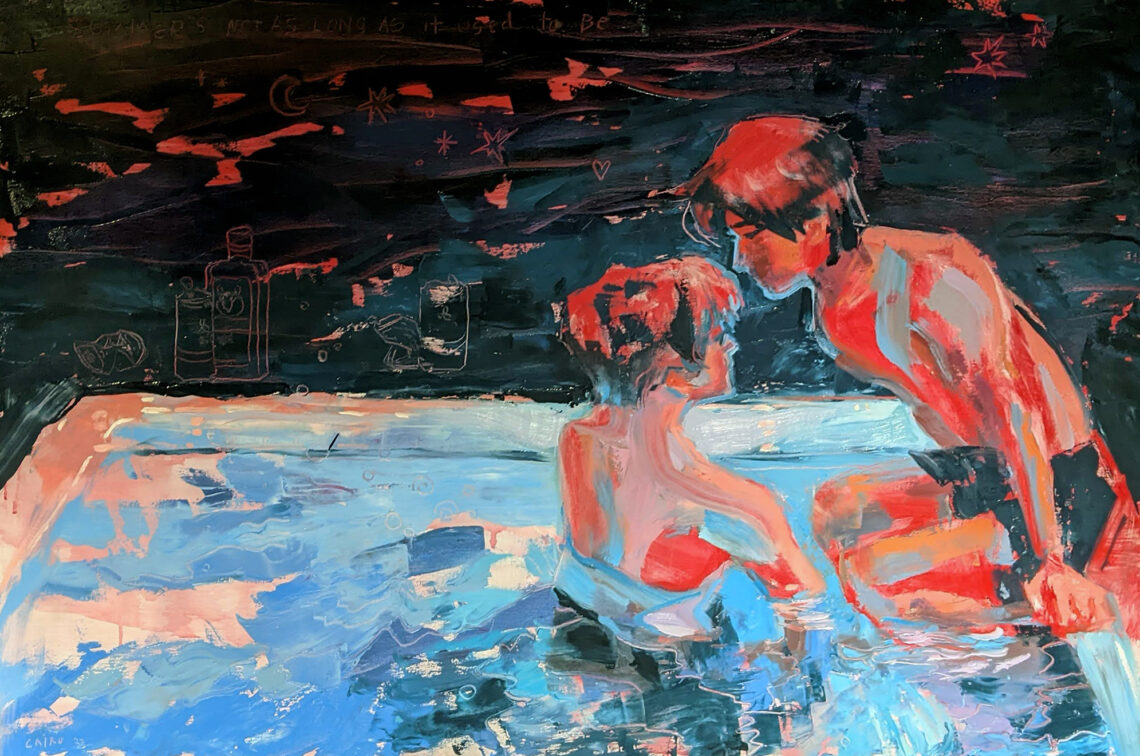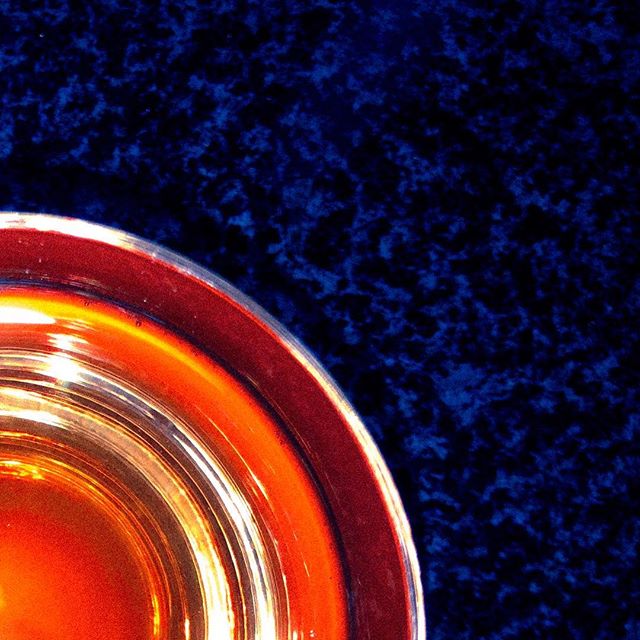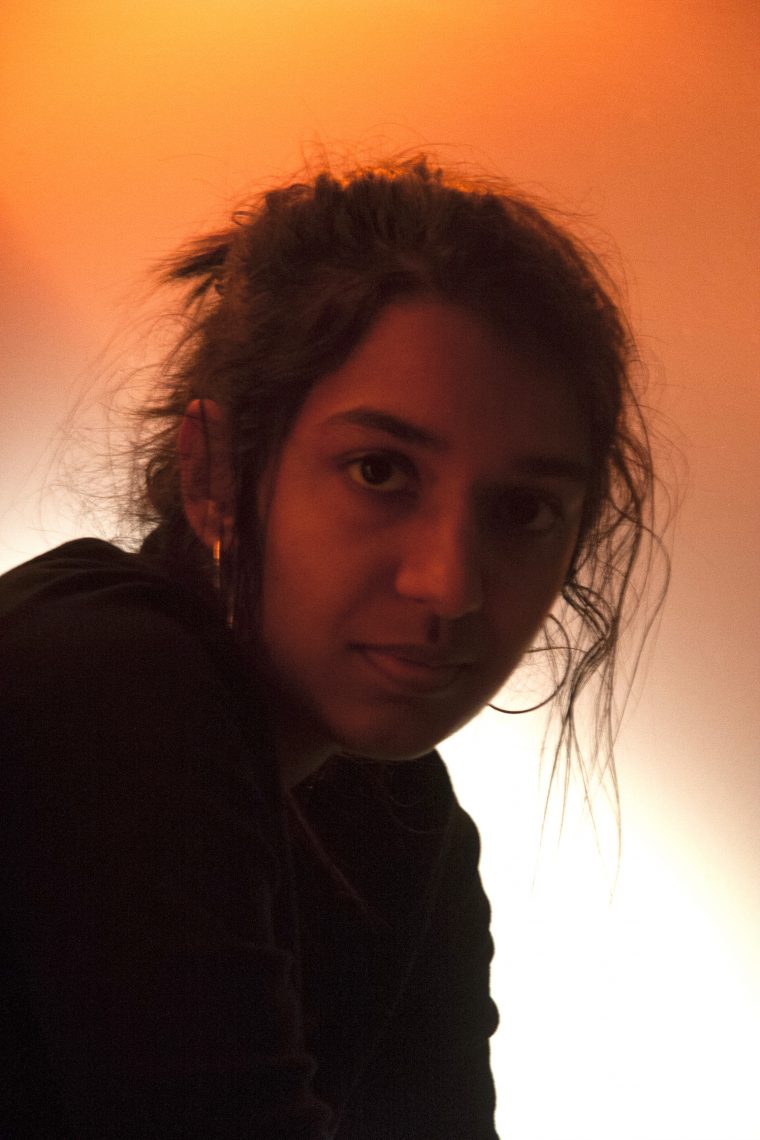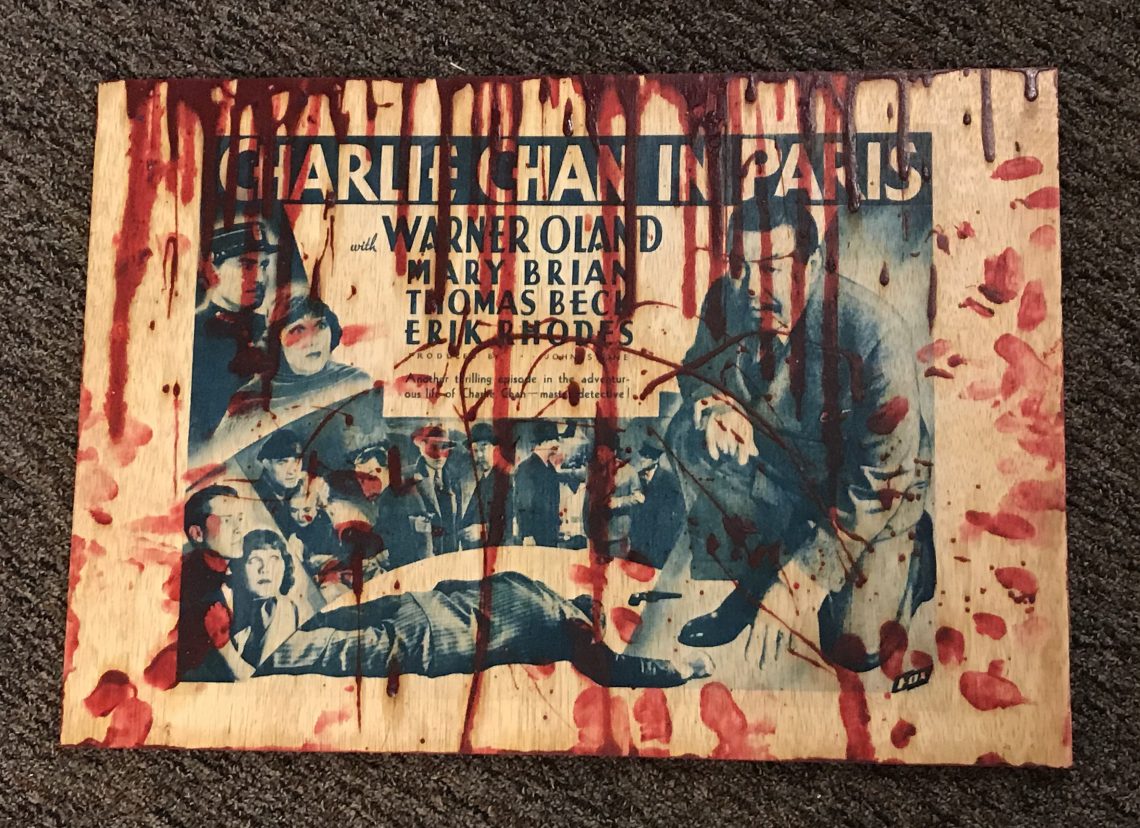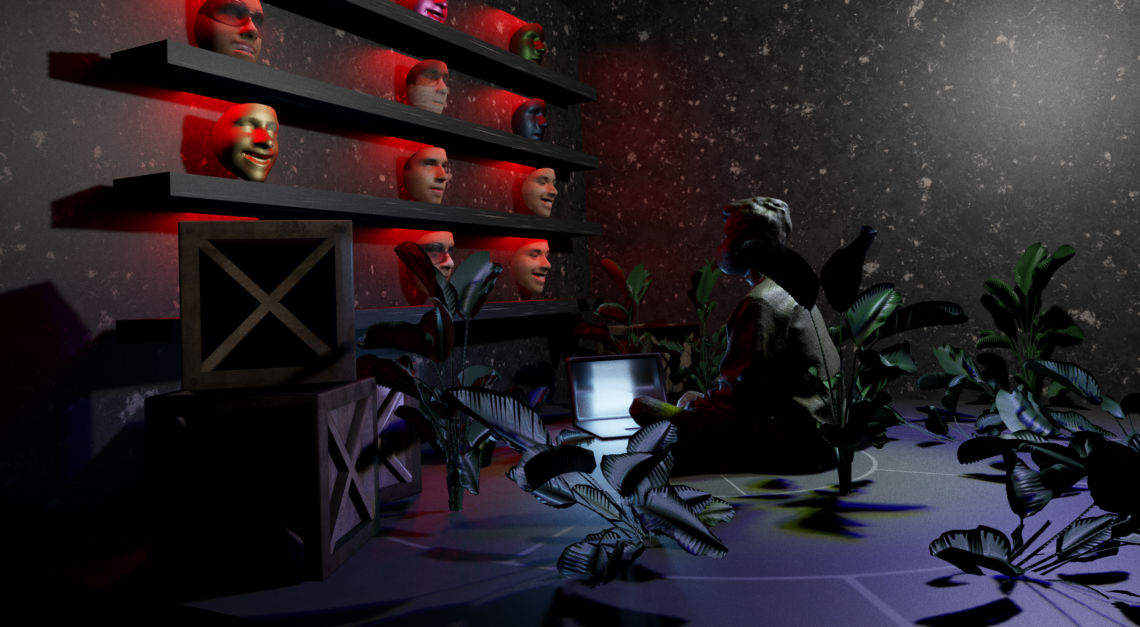Stanford Arts is here for you, wherever you are
About
The COVID-19 Creative Community Response Grant provided funding for projects that steward the power of art toward community connection in uncertain times. The grant program ran during Spring Quarter 2020.
This grant was administered by the Office of the Vice President for the Arts.
Applications are no longer being accepted.
